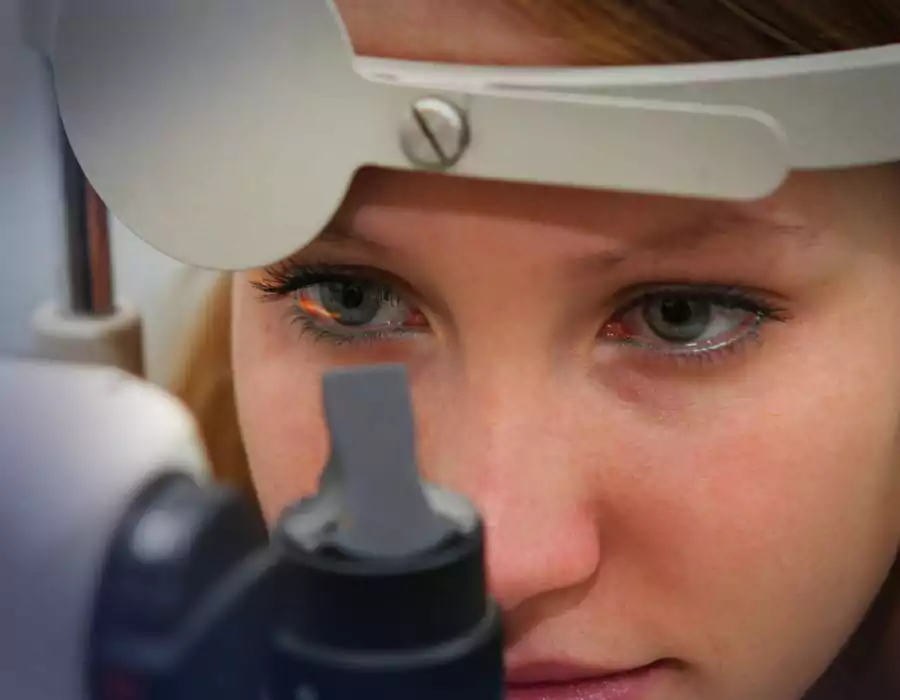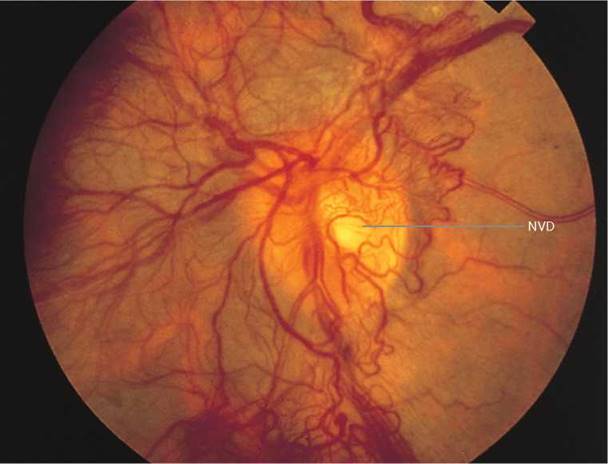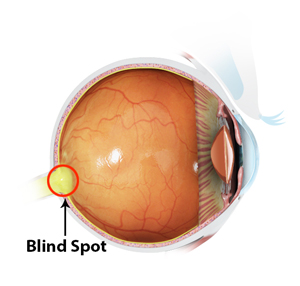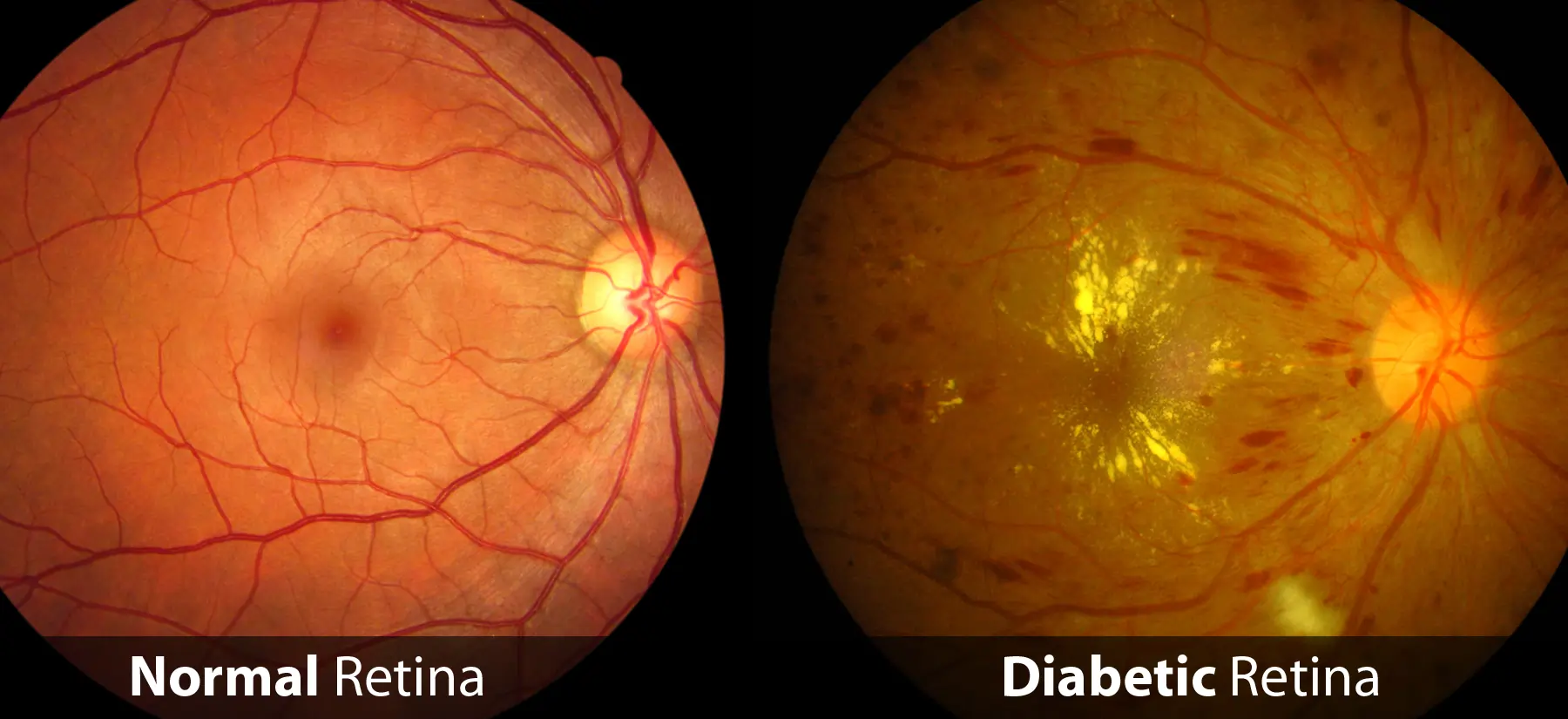DISCOUNT: UP TO 90% OFF






Diabetic Eye Disease(Retinopathy): Signs You May Already Have It


Table of Contents
DIABETIC EYE DISEASE OR RETINOPATHY
Today we are talking about signs you may have diabetic eye disease or diabetic retinopathy. We will talk about the signs of diabetic eye disease, but remember that many people don't know whether they have eye disease because there are often no signs or symptoms, or they think that poor vision is just part of getting older.
You have to keep your eyes healthy all your life by getting them checked and treated as soon as possible. A lot of the time, blindness and vision loss can be prevented, and seeing your eye doctor before being symptomatic is your best bet and a smart move.
For example, my wife’s father lost his eye to glaucoma because he hated doctors. Oh well, just because you hate doctors does not mean you should ignore your health. My wife, who is only in her early thirties, was also diagnosed with glaucoma after she went to the eye doctor for something totally unrelated.
If you have diabetes, it would be foolish to ignore seeing an eye doctor. Regardless, I will tell you all the signs to look out for to prevent further delay. Even for people with no eye disease, getting a baseline eye disease screening at age 40 is recommended for people who don't even show any signs or have risk factors for eye disease.
Spots or floaters As A sign of Diabetic Eye Disease/Retinopathy

FLOATERS DIABETIC
The majority of floaters are tiny specks of collagen. They're made up of the vitreous, a gel-like substance in the rear of your eye.
The protein fibers that make up the vitreous shrink down to small shreds that clump together as you get older. The floaters are the shadows they cast on your retina. Floaters are common and can occur at any age, although they are most common between the ages of 50 and 75. If you're nearsighted or have undergone cataract surgery, you're more prone to having them.
See your eye doctor right away if the floaters are new or have changed abruptly, or if you suddenly start seeing flashes, especially if you have diabetes.
Blurred vision

DIABETIC BLURRED VISION
Diabetic eye disease, retinopathy, is caused by damage to the tiny blood vessels in the retina caused by diabetes. Vision loss can occur as a result of these damaged blood vessels when the fluid leaks into the macula, which is the core vision-producing region of the retina. The macula, despite its small size, is the portion of the retina that allows us to see colors and fine details.
The fluid causes the macula to swell, causing vision to become blurry. We call this macular edema, and it is very common in diabetics. Specific eye disorders are associated with greater symptoms in addition to just blurry vision. Irritation, for example, may suggest conjunctivitis, eye discharge, which can indicate infection, headache, and nausea, which are frequent with migraine, speech difficulty, or one-sided weakness, which can accompany stroke or TIA.
When you start insulin or other strong diabetes treatments, it can sometimes make your vision blurry while your blood sugar is rapidly dropping due to changes in the thickness caused by rapid glucose changes, which affect the lens thickness in your eyes. Ozempic occasionally causes blurry vision as well.
The dark or empty spot in the center of your vision

SCOTOMA BLIND SPOTS
Retinal tearing, retinal detachment, internal eye bleeding, and age-related macular degeneration can all cause dark spots in your vision. As a result, early detection and treatment are critical.
But hey, in reality, every person has a normal blind spot around the size of a pinhead. The optic nerve travels through the retina at this point, but there are no photoreceptors to perceive light. Because the eye lacks light-detecting cells, it is unable to convey signals to the brain. That is where your optic nerve is placed on your retina.
This type of blind spot is harmless, and we normally aren't aware of it since our brains are so good at filling in the gaps and delivering the visual information we require.
A scotoma, on the other hand, is visible and can disrupt our daily routines, making things such as driving and reading difficult.
So, what's the deal with these strange blind spots? A scotoma can occur as a result of a variety of situations, some of which are rather serious, for example:
- Detachment of retina/Retinal Detachment
- Diabetic eye disease or diabetic retinopathy
- Macular degeneration is a condition that affects the eyes that can also happen with diabetes.
- Glaucoma, which is way more common in diabetics compared to non-diabetics,
- Blood pressure that is too high, which is not uncommon in diabetics either,
- Transient ischemic attack (TIA) or stroke (TIA), which is more likely to happen to diabetics.
- Temporary scotomas can be caused by less serious health issues such as hormone fluctuations, stress, migraines, or even insufficient blood flow to the brain.
Difficulty seeing well at night: A sign of Diabetic Eye Disease/Retinopathy

DIFFICULTY SEEING AT NIGHT WITH DIABETES
This is another sign you may have diabetic eye disease or retinopathy. As a result of the damage done to blood vessels and nerves in diabetic retinopathy, people who have diabetes are more likely to have trouble seeing at night.
It may take a while to see normally again after coming inside from a place where there was a lot of light. Retinopathy is not a disease that can be cured, but controlling your blood sugar levels with medicine and diet can help you avoid getting it or slow its progress.
Color changes In Diabetic Eye Disease/Retinopathy

COLOR FADING DUE TO DIABETIC EYE DISEASE
The eye has nerve cells called cones that help the retina, which is a layer of tissue in the back of your eye that lets you see colors.
Three types of cones are able to pick up different wavelengths of light, and each type reacts to either red, green, or blue light. The cones send information to the brain that helps us see different colors.
It will be hard to see colors if one or more of these cones in your retina have been damaged or if there aren't any cones in your retina at all. Macular degeneration and diabetic retinopathy cause damage to the retina, which is where the cones are. This can make you colorblind. In some cases, it makes people go blind. As a result, diabetes can make it hard to see blue-yellow or shades of blue and yellow.
If you have diabetes, the best thing you can do for your health and your eyes is to keep an eye on your blood sugar, blood pressure, and cholesterol, or the diabetes ABCs. You should get help if you smoke. You should also have your eyes checked once a year.
That concludes this today's article. I hope you learned something today, and if you did, subscribe and pass this article on to someone you think may benefit from it.
See you in the next blog post.
Dr. Ahmet Ergin
Endocrinologis with a passion to treat diabetes!
Written By Dr. Ahmet Ergin
460 total articles
Meet Dr. Ahmet Ergin, a highly skilled and dedicated endocrinologist with a passion for diabetes care. Dr. Ergin earned his medical degree with honors from Marmara University in Istanbul. He completed internal medicine residency and endocrinology fellowship at Cleveland Clinic. Dr. Ergin is board-certified in Internal Medicine, Endocrinology, Diabetes, and Metabolism due to his vast medical expertise. He's a certified diabetes educator, author of “The Ultimate Diabetes Book,” and founder of “the SugarMD YouTube channel.” Dr. Ergin offers exceptional diabetes care to his patients in Port Saint Lucie, FL, helping them manage effectively. For a closer look into his insights and experiences, connect with Dr. Ahmet Ergin on LinkedIn, Instagram, and YouTube.”
Disclaimer: These statements have not been evaluated by the Food and Drug Administration. Information on this website isn't intended to treat, cure or prevent any disease. Discuss with your doctor and do not self-treat.
Products













